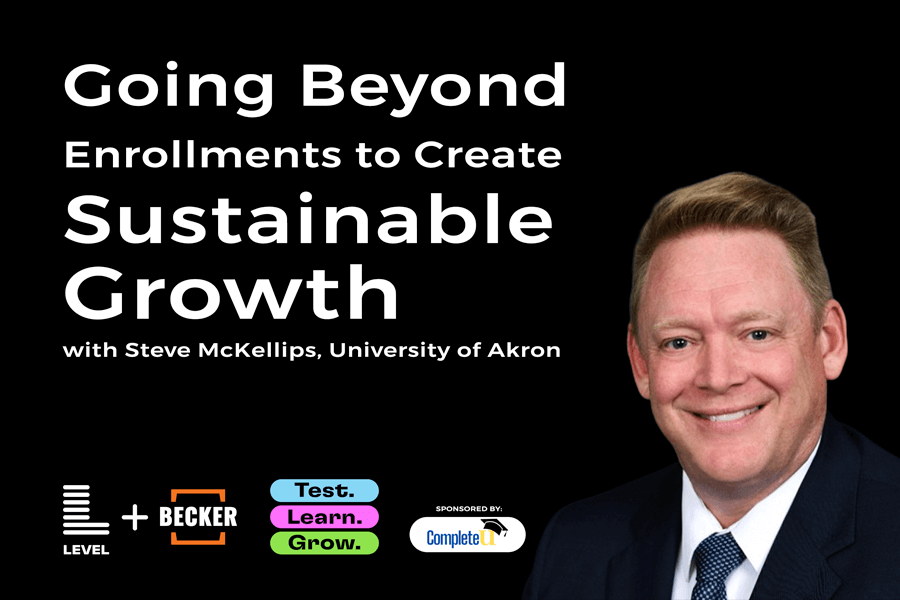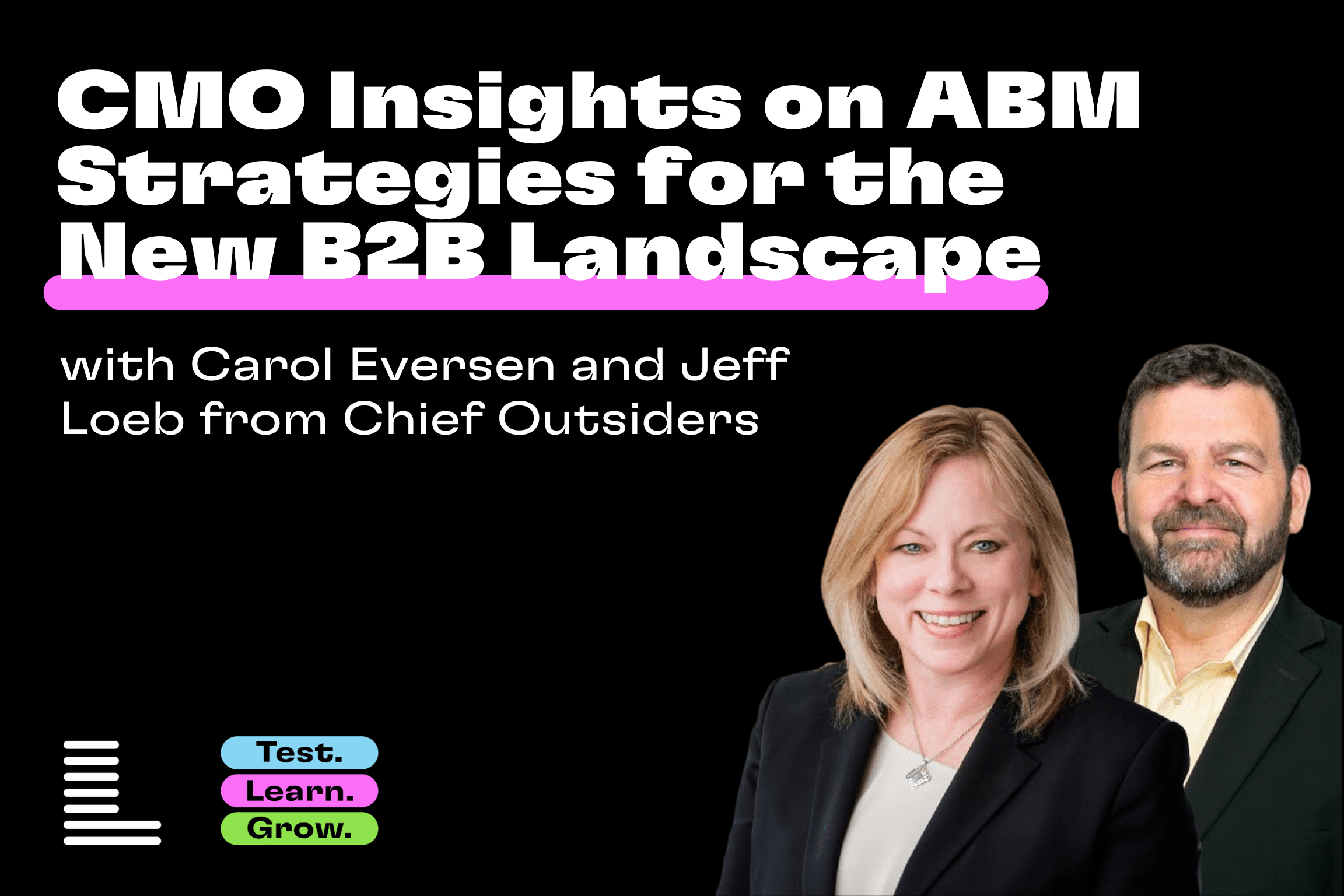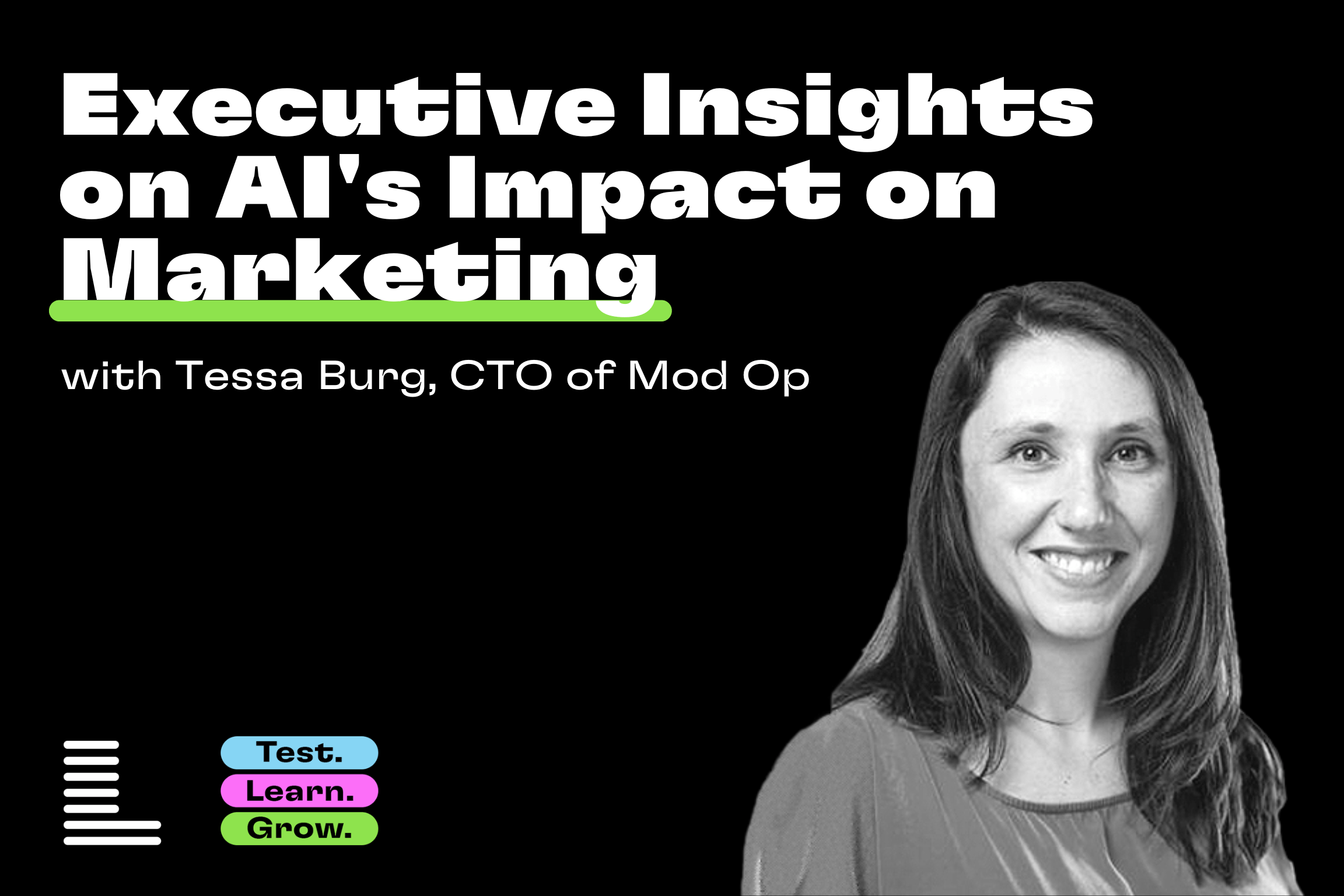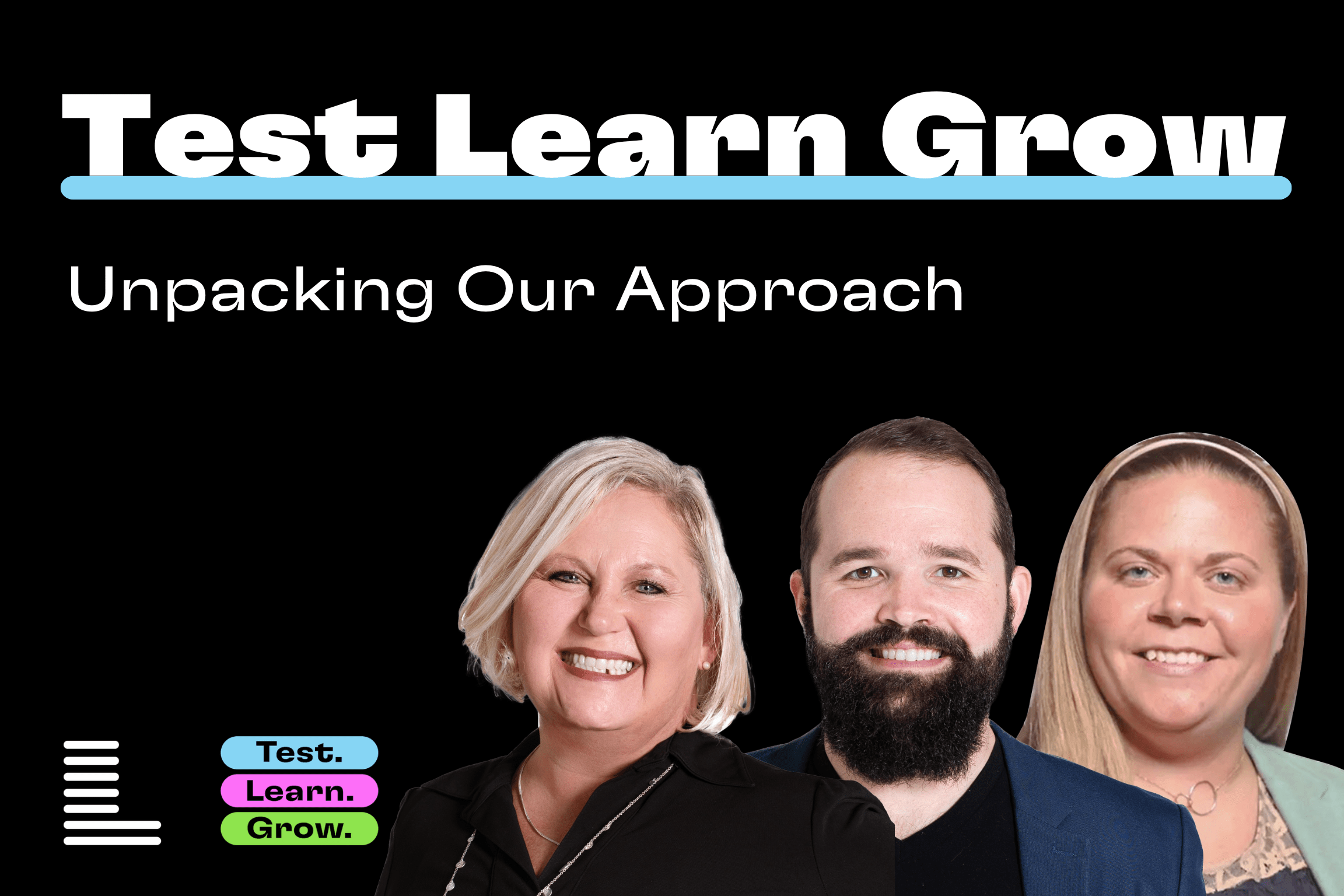
They’re cost-efficient and drive high volume. But they’re a game of quantity vs. quality.
Lead ads on media platforms are growing in popularity and complexity. Facebook pioneered this concept and many other platforms are now following suit, with LinkedIn and YouTube both offering the format and Google Search testing out a beta version.
This ad tactic offers a cost-efficient, high-volume option for gathering potential customer lists. Because the ads are in-platform and pre-populated with a user’s name and email address, the ads convert at a high rate. However, this conversion rate comes at the cost of lead intent. Think of them as a high funnel positioning tactic, not as high-quality leads who are ready for a sales call.
Data Analysis: Lead ads offer a lower cost per conversion at higher volume.
In a yearlong test by Level Agency, lead ads offered a 30% lower cost per conversion, with a 3x increase in volume, compared to traditional tactics across social and display platforms. They’ve helped platforms like YouTube, which is typically a top-funnel option, become a core part of lead generation strategy for clients.
“In a yearlong test, lead ads offered a 30% lower cost per conversion, with a 3x increase in volume.”
This provides huge opportunity for scaling spend efficiency on platforms. However there is risk of over-saturating audiences.
Performance Highlight: An eCommerce Giveaway campaign using lead ads generated a 2.6x growth in email list. The giveaway launched in the months leading up to their big holiday rush. These email subscribers from lead ads provided a 550% return on ad spend during holiday email push.
Lead ads convert from lead to sale at a lower rate, but the volume can still drive sales to reach goals.
While lead ads provide an easy way to convert higher-funnel audiences to leads, the leads generated come at the price of lower intent than other tactics, such as brand name search or retargeting. Testing Highlight: Across the education vertical, we see a 92% drop in the lead-to-application rate from leads generated from lead ad tactics compared to other tactics. Lead ad tactics generated student starts at a 33% higher cost per start.
Lead ads can still drive to down funnel sales goals, but it’s important to understand the top funnel volume needed to generate your sales goal and set thresholds for CPL efficiency to be monitored as volume scales. Since it is a higher funnel tactic that can reach new audiences, you might set a higher allowable threshold for cost per sale.
The low last-click-conversion cost of these leads makes it alluring to optimize budgets towards them. This does not factor in the costs of nurturing these low-intent leads down the funnel. There are tools, like Facebook’s offline conversions, to help platforms optimize campaign performance towards real world outcomes, rather than the initial lead generation. Facebook is also beta testing a new lead add feature that adds qualifying questions within the form.
Lead ads can also help to mitigate some of the effects of the change to iOS14.5 because it doesn’t rely on off-platform data to calculate lead performance. Facebook is a closed eco-system when lead forms are used, which leads to more reliable data.
Lead ads can be optimized.
Optimize the Lead Ads themselves to either generate higher-quality leads, or undertake additional efforts to nurture lower-quality leads.
One tactic that can be used to combat the generation of low intent leads is by increasing the qualification of the form. Adding questions to the form will increase the level of effort to submit information, most often dropping the conversion rate of your ad and increasing the cost per lead in exchange for more qualified, higher-intent leads. Facebook also has an option to add a “confirm info” step to the form.
Testing Highlight: Using the “Higher Intent” form option in Facebook ads did not provide a statistically significant lift in quality of leads generated. We measured this in terms of down funnel performance metrics, like lead to application rate of education leads.
On the other hand, nurturing low-intent leads can prove effective if done properly. These efforts focus on asking the leads to take the next course of action in the sales funnel, such as downloading a whitepaper, scheduling an appointment, or signing up for a discount. In the education sector, we’ve seen significant impact in moving low intent leads down the funnel through nurturing efforts that include email drip campaigns, social ads, and display retargeting. Nurturing of low-intent leads requires significant technical expertise, including integration between ad platforms, marketing automation software, CRM systems, and retargeting audience pools.
Find the balance between lead volume efficiency and down funnel sale to optimize return on lead ads.
In summary, harnessing the potential of lead ads requires balancing lead generation efficiency against down-funnel return. Establishing a clear cost-benefit analysis for the tactic helps you effectively compare performance. Testing different combinations of tactics will help to optimize return on this growing ad option. Optimize return by testing different methods of lead qualification in platform, cost per lead thresholds, and post lead gen nurturing.
BETTER EVERY DAY
If you have questions about how to best optimize lead ads for your customer or student generation efforts, talk to your agency partner. If they aren’t sure about how to manage and optimize your customer intent, talk to Level Agency.






